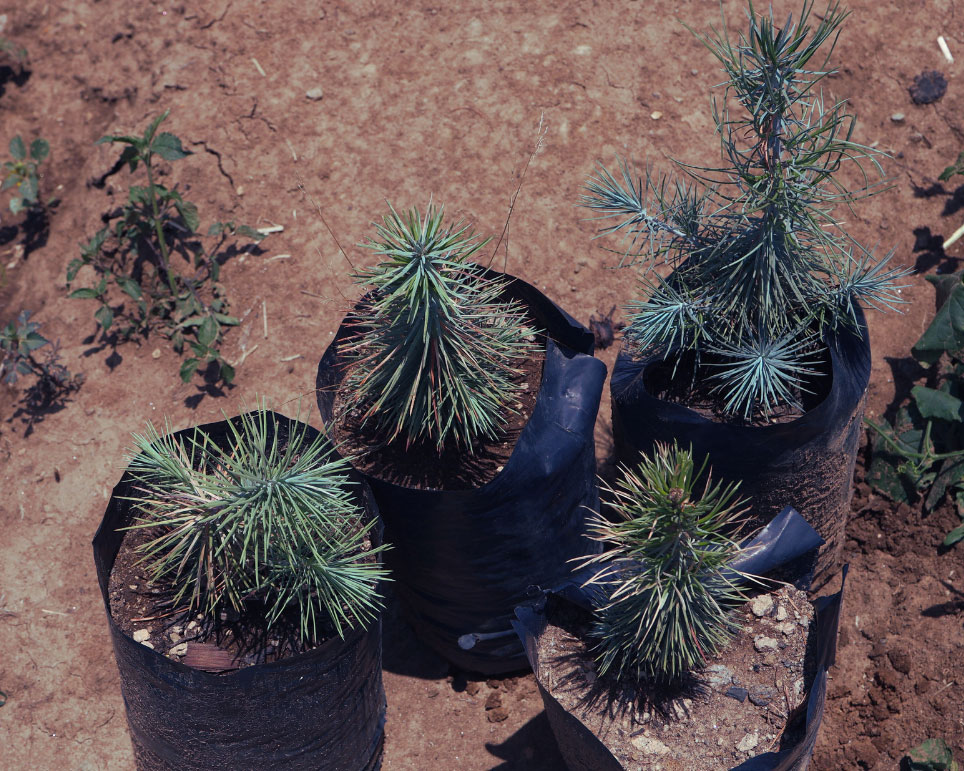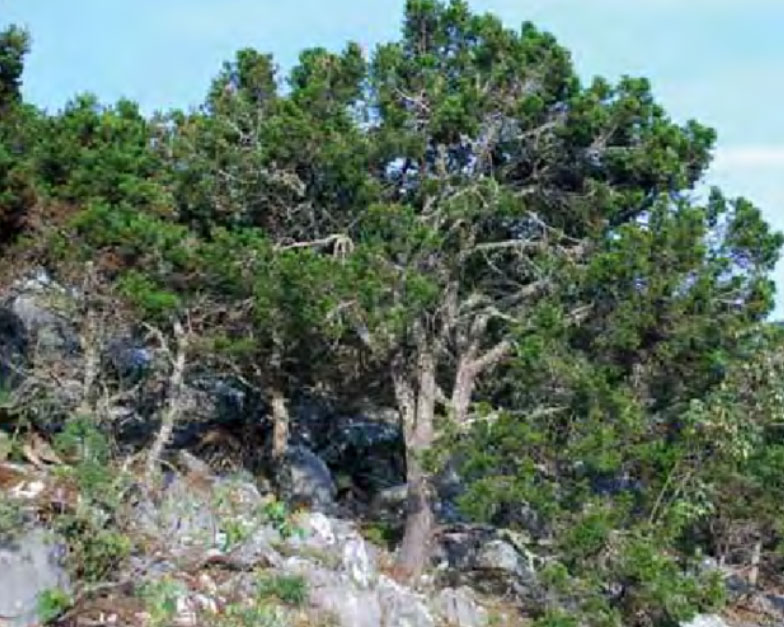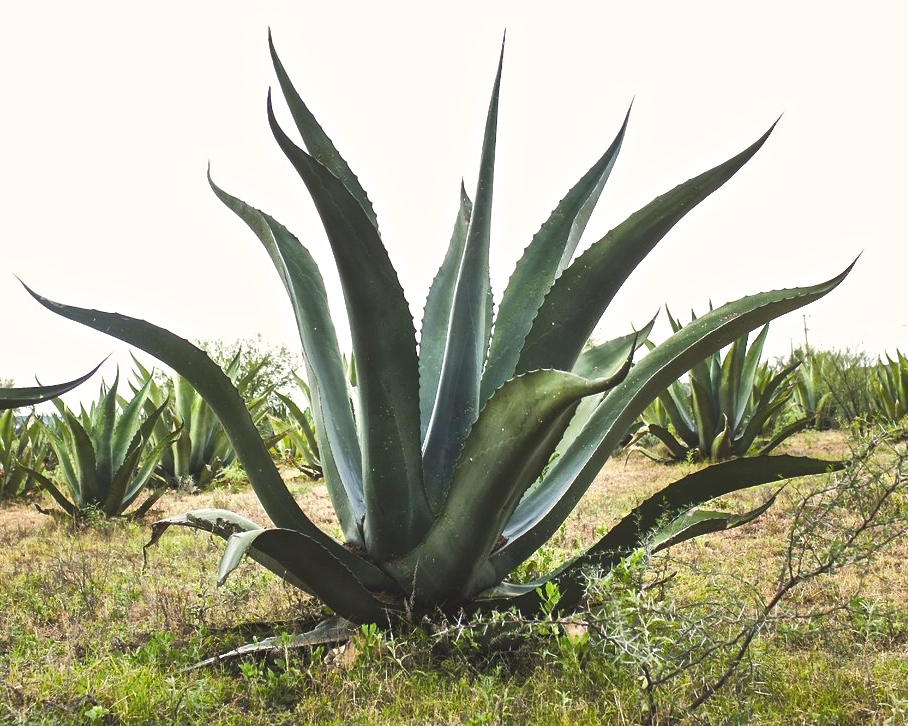
Vicente Guerrero – MEXICO
The Vicente Guerrero group has been defending the rights of campesino and indigenous people since 1979. In their work, they protect and rescue Mexican farmers´ wisdom and identity, balance the relationship between human beings and the natural environment that holds them, and introduce a gender perspective to their community work. See more about their fight to preserve native corn seeds in the video below.
The Maguey Project
In an area of 300 hectares, 150 families will be transplanting and caring for 50,000 plants (40,000 Maguey and 10,000 Pinyon Pine). This project is possible because of the commitment and wisdom of the Vicente Guerrero team and the members of their organization, as well as the funding provided by Mennonite Men JoinTrees Initiative. This project will not only contribute towards climate mitigation and adaptation efforts, it will also invite community members to become custodians of the natural environment that holds them, while providing them an additional source of income during these difficult times.
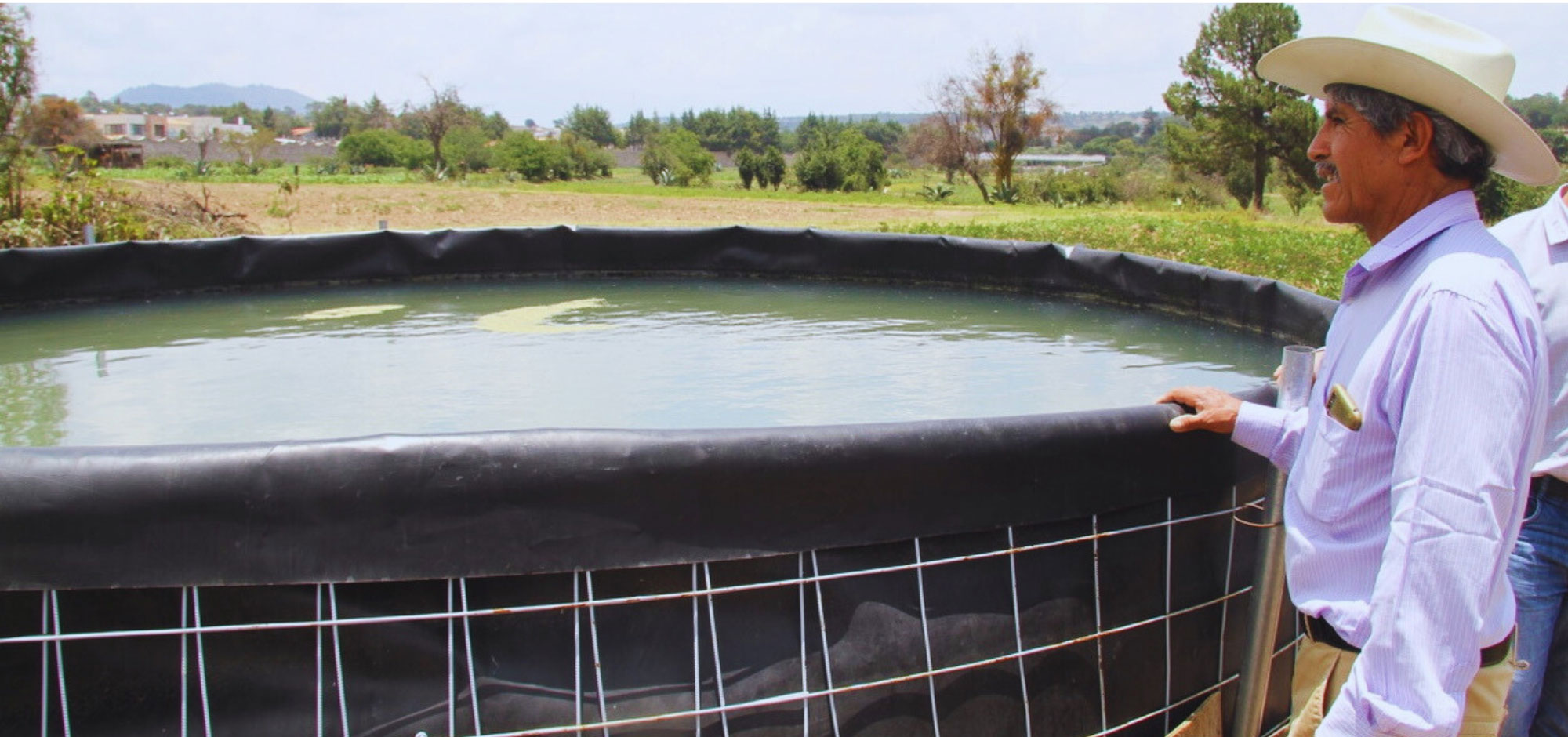
In Mexico, the state of Tlaxcala is categorized as one of the most vulnerable territories to the impacts of climate change. In particular with regards to hydric stress. To mitigate climate change and help farmers adapt to the changing weather patterns, EPIC and our partner, the Vicente Guerrero group are carrying out an innovative reforestation and agroforestry project with native Maguey plants (Agave atrovirens) and Pinyon pine trees (Pinus cembroides).

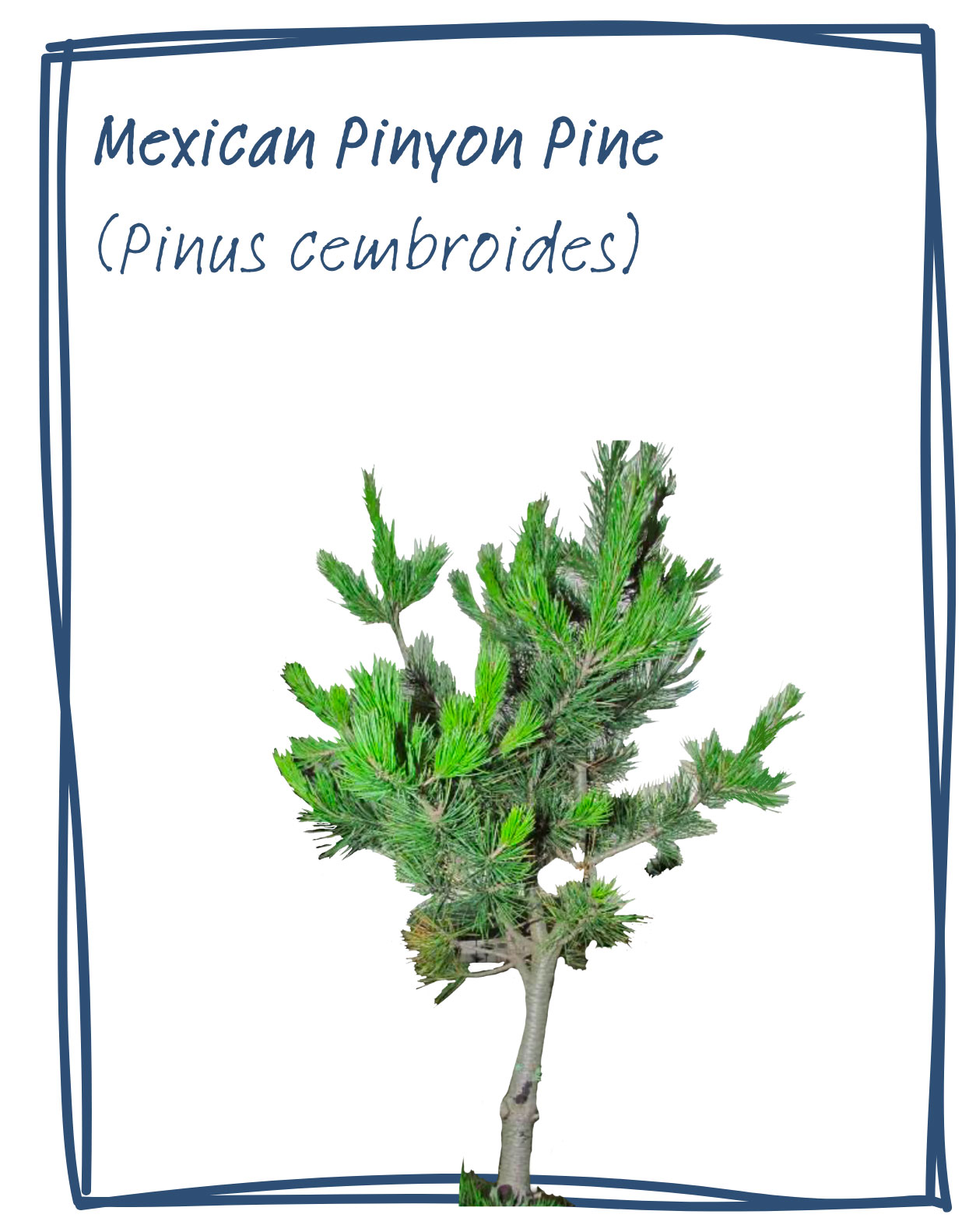
Simply having Maguey present spurs biodiversity. They act as a refuge for pollinators and their roots prevent erosion. Large specimens can hold up to 10 liters of water and they have surprisingly effective carbon sequestering capabilities. Maguey are also resistant to long periods of drought.

Maguey was a staple of the native ecosystem for generations, yet in recent decades many were cleared due to the growth of industrial agriculture. The plant is emblematic to the region; it can be used as herbal medicine, distilled and fermented into traditional drinks, and utilized for food. When processed it can also be used to feed live stalk. Although it may seem peculiar to carry out reforestation efforts with a plant instead of a tree, the Vicente Guerrero team taught us the many virtues of reincorporating Maguey into the ecosystem.
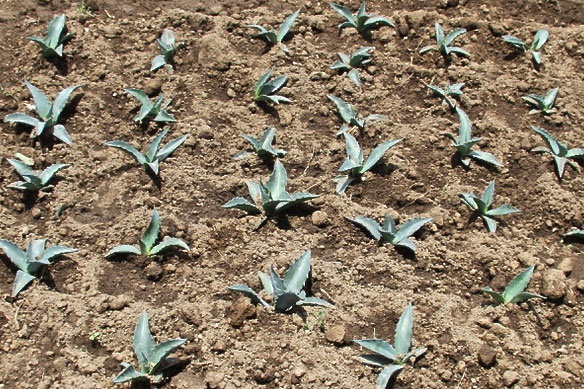
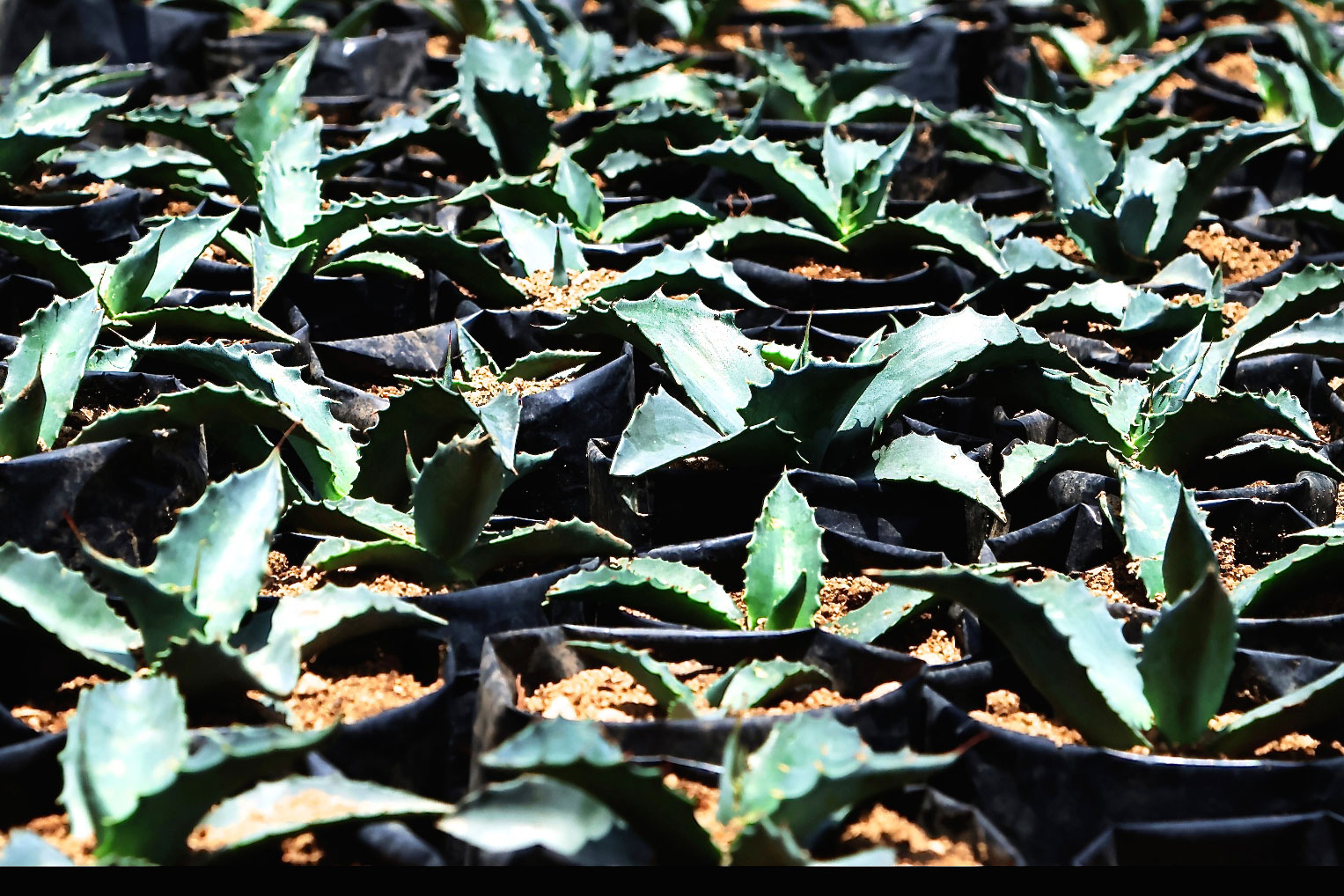
After an initial pilot project to reproduce 20,000 Maguey from seed and set up a water tank and nursery was completed, the next step was to incorporate a second species to the agroforestry and reforestation mix. The Vicente Guerrero team chose the Pinyon pine, a native tree that is ideal for reforestation in semi-arid regions. Like the Maguey, this species also prevents erosion and promotes soil conservation. Their roots can connect with underground aquifers and they can sustain long periods of drought and heat, while also surviving cold temperatures and frost. Although little research has been done to confirm their carbon sequestering capabilities, the studies that have been made suggest they are also a promising species for climate mitigation efforts.

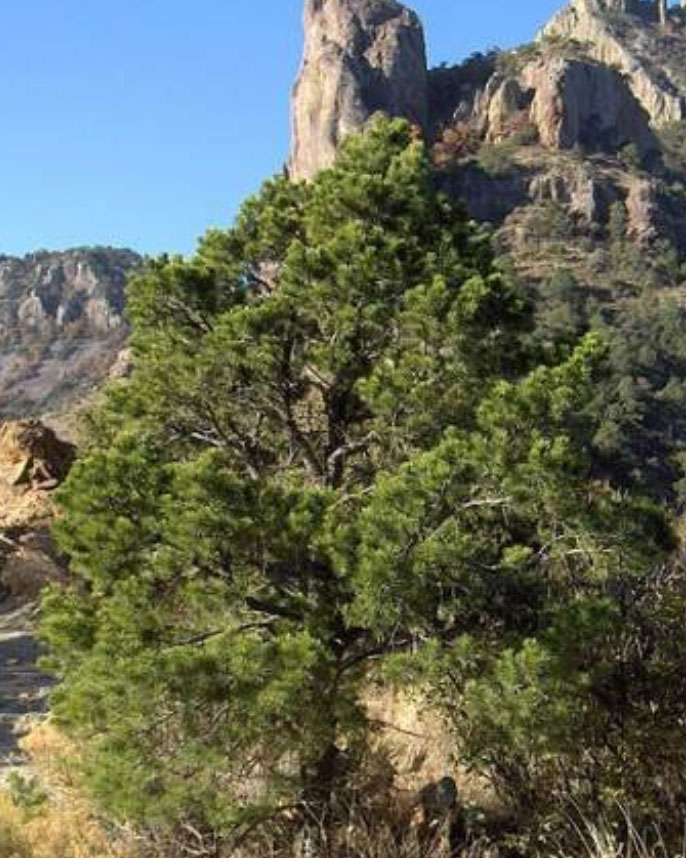
In an area of 300 hectares, 150 families will be transplanting and caring for 50,000 plants (40,000 Maguey and 10,000 Pinyon Pine). This project is possible because of the commitment and wisdom of the Vicente Guerrero team and the members of their organization, as well as the funding provided by Mennonite Men JoinTrees Initiative. This project will not only contribute towards climate mitigation and adaptation efforts, it will also invite community members to become custodians of the natural environment that holds them, while providing them an additional source of income during these difficult times.
